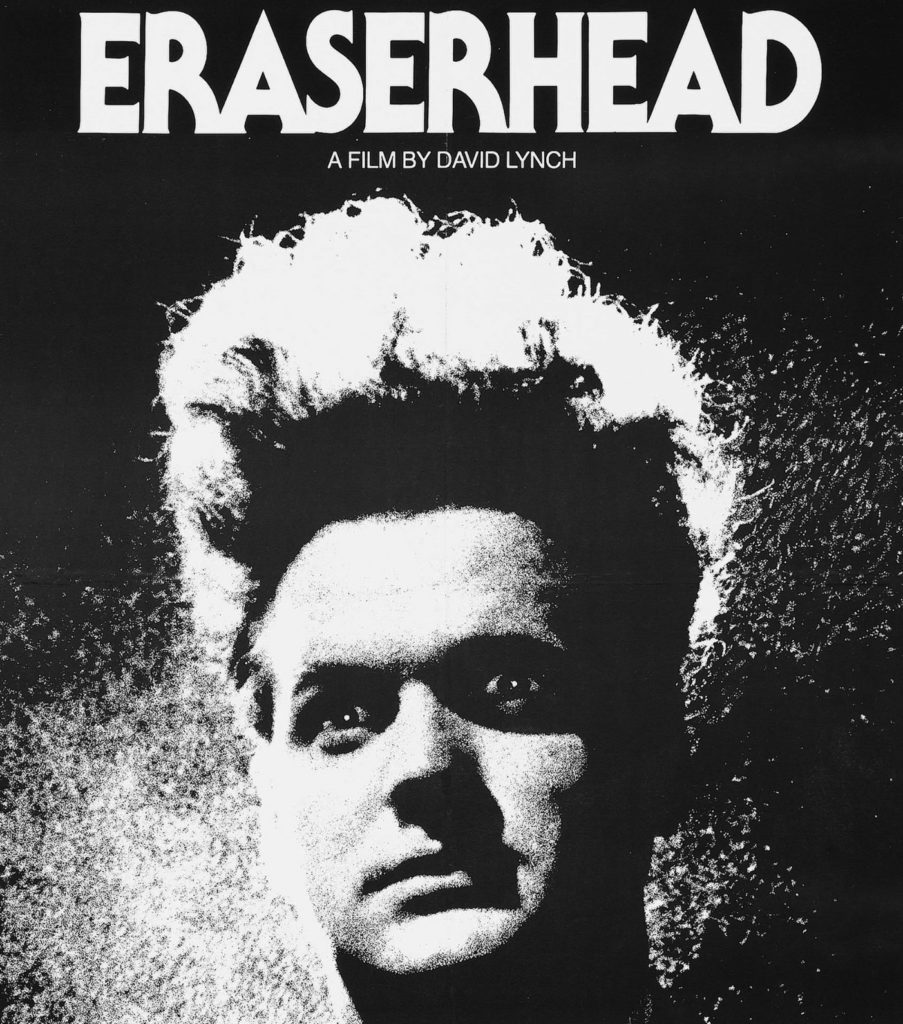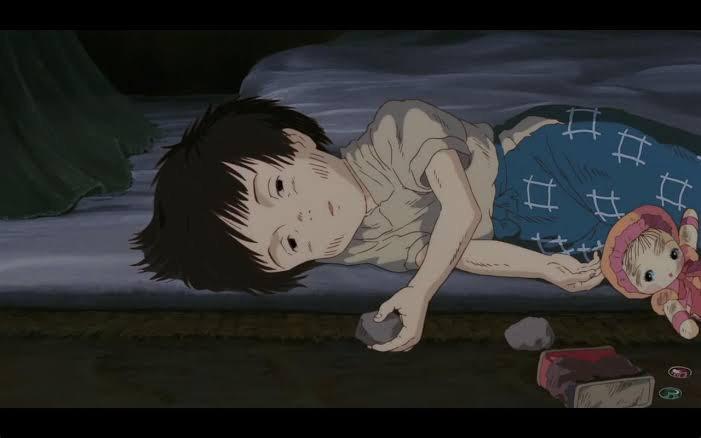Some intense movies leave an indelible mark on viewers, challenging emotional boundaries and provoking deep reflection. These films often delve into complex themes, presenting narratives that are both compelling and unsettling. While they may be critically acclaimed, their heavy subject matter makes them difficult to revisit. From psychological thrillers to harrowing dramas, these movies test the limits of storytelling. They offer profound insights into the human condition, albeit through distressing lenses. For those prepared to confront challenging content, these films provide unforgettable cinematic experiences. However, due to their intense nature, many viewers find one viewing sufficient. While we can’t share any images of the movies themselves, we can tell you why you should give them at least one watch. Here are 15 such films that, while impactful, are tough to watch more than once.
1. A Serbian Film (2010)

This Serbian thriller follows a retired adult film actor who is lured back for one final project. He soon discovers the film’s disturbing nature, involving extreme and unsettling content. The movie delves into themes of manipulation and exploitation, making it a challenging watch. Its intense scenes have led to bans in several countries. The film’s portrayal of despair and loss of control is haunting. It’s a stark reminder of the darker aspects of human nature. While some praise its bold storytelling, many find it too distressing to revisit. Out of all the movies listed in this article, this one is the hardest to watch even one time, let alone two!
2. Cannibal Holocaust (1980)

This Italian horror film presents a documentary crew’s journey into the Amazon rainforest. Their footage reveals shocking encounters with indigenous tribes. The movie’s realistic portrayal of violence sparked controversy upon release. It was banned in multiple countries due to its graphic content. The film raises questions about media ethics and sensationalism. Its raw depiction of survival and morality challenges viewers. Despite its notoriety, it has influenced the found-footage genre. It’s a film that tests the boundaries of storytelling and viewer endurance.
3. Salò, or the 120 Days of Sodom (1975)

Set during World War II, this film portrays a group of youths subjected to extreme oppression. The story delves into themes of power, corruption, and dehumanization. Its explicit content led to widespread bans and censorship. The movie serves as a grim allegory for totalitarian regimes. Its stark visuals and narrative are deeply unsettling. While it’s considered a significant work of political cinema, it’s not for the faint-hearted. The film’s intense portrayal of suffering makes it a challenging experience. It’s a powerful, yet harrowing, cinematic journey which was inspired by Dante’s Divine Comedy.
4. Eraserhead (1977)

David Lynch’s debut feature is a surreal exploration of anxiety and isolation. The protagonist navigates a bleak industrial landscape, facing personal and existential dilemmas. The film’s abstract narrative and haunting imagery create a sense of unease. Its sound design and visuals contribute to its dreamlike atmosphere. The movie doesn’t follow a conventional storyline, challenging viewers’ perceptions. It’s a meditation on fear, responsibility, and the human condition. While it’s a cult classic, its unsettling tone makes it a tough rewatch. It’s a film that lingers in the mind long after viewing.
5. Room (2015)

This drama tells the story of a young woman and her son held captive in a confined space. Their bond and resilience are central to the narrative. The film explores themes of freedom, adaptation, and the human spirit. Brie Larson’s performance earned her an Academy Award. The story is both heart-wrenching and inspiring. It highlights the strength of familial love in dire circumstances. While uplifting, its emotional depth can be overwhelming. It’s a poignant tale that stays with viewers long after the credits roll.
6. Requiem for a Dream (2000)

Darren Aronofsky’s Requiem for a Dream offers a harrowing look at addiction’s destructive power. The film follows four characters whose dreams are shattered by substance abuse. Its intense visuals and haunting score amplify the despair, making it a one-time watch for many. The narrative delves into the psychological and physical toll of addiction. Each character’s journey is a descent into personal hell, portrayed with unflinching realism. The film’s climax is particularly jarring, leaving audiences emotionally drained. While it’s a cinematic masterpiece, its bleakness makes it challenging to revisit. It’s a poignant reminder of the devastating effects of addiction.
7. Schindler’s List (1993)

Steven Spielberg’s Schindler’s List portrays the horrors of the Holocaust through the eyes of Oskar Schindler. The black-and-white cinematography adds to its somber tone. Its unflinching depiction of human suffering makes it a powerful yet emotionally draining experience. The film showcases the atrocities committed during one of history’s darkest periods. Liam Neeson’s portrayal of Schindler brings depth to the story of redemption. The narrative is both heartbreaking and inspiring, highlighting the capacity for good amidst evil. While it’s an essential historical film, its intensity makes repeated viewings difficult. It’s a testament to the resilience of the human spirit in the face of unimaginable adversity.
8. Irreversible (2002)

Told in reverse chronological order, Irreversible explores the aftermath of a brutal crime. Its graphic content and nonlinear narrative challenge viewers, leaving many unsettled. The film’s intense portrayal of violence and trauma makes it difficult to endure more than once. Director Gaspar Noé employs disorienting camera work to immerse the audience in chaos. The story unfolds backward, revealing the consequences before the cause. This structure intensifies the emotional impact, as viewers piece together the tragedy. While it’s a bold cinematic experiment, its disturbing content is not for the faint-hearted. It’s a film that provokes thought but demands emotional resilience.
9. Grave of the Fireflies (1988)

This animated film tells the tragic story of two siblings struggling to survive in war-torn Japan. Its poignant narrative and emotional depth resonate deeply, often leaving viewers in tears. Despite its animated format, it’s a heartrending tale that’s hard to revisit. The film portrays the innocence of childhood amidst the horrors of war. The bond between the siblings is both heartwarming and heartbreaking. Studio Ghibli delivers a powerful anti-war message through this story. The film’s beauty contrasts starkly with its tragic content. It’s a masterpiece that leaves a lasting emotional impact.
Read More: People Were Asked Who The One Actor Who Ruins Movies Is, And The Results Were Unanimous
11. Come and See (1985)

This Soviet war drama follows a young boy’s harrowing journey through Nazi-occupied Belarus. The film’s realistic portrayal of war’s horrors leaves a lasting impact. Its intense visuals and sound design immerse viewers in the chaos of conflict. The protagonist’s transformation from innocence to trauma is profoundly moving. Director Elem Klimov captures the brutality of war without glorifying it. The film’s emotional depth makes it a challenging experience. It’s a powerful anti-war statement that lingers in the mind. Despite its acclaim, many find it too intense for repeated viewings.
12. The Road (2009)

Based on Cormac McCarthy’s novel, this film depicts a father and son’s struggle in a post-apocalyptic world. Their journey is fraught with danger, scarcity, and despair. The film’s bleak landscape reflects the characters’ internal struggles. Viggo Mortensen‘s performance as the protective father is both tender and haunting. The bond between father and son offers a glimmer of hope. However, the constant threats and desolation make it emotionally taxing. Its somber tone and realistic portrayal of survival challenge viewers. It’s a poignant tale that’s hard to forget but harder to revisit.
13. The Machinist (2004)

The Machinist stars Christian Bale as Trevor Reznik, a factory worker plagued by severe insomnia. Bale underwent a drastic physical transformation, losing significant weight for the role. Trevor’s deteriorating mental state leads him to question reality and his own sanity. The film’s bleak atmosphere and haunting visuals create a sense of unease throughout. As Trevor’s paranoia intensifies, the line between reality and delusion blurs. The narrative delves into themes of guilt, isolation, and the human psyche. Its unsettling tone and psychological depth make it a challenging watch. While critically acclaimed, its intensity makes it difficult to revisit
14. Dancer in the Dark (2000)

Lars von Trier’s musical drama stars Björk as Selma, a Czech immigrant facing adversity in 1960s America. Selma’s love for musicals offers her an escape from her harsh reality. As her life unravels, the film delves into themes of injustice and sacrifice. Björk’s performance is both captivating and heartbreaking. The contrast between musical sequences and grim reality intensifies the emotional impact. The film’s tragic narrative leaves viewers emotionally drained. Its unique storytelling and raw emotion make it memorable. However, its intensity makes it difficult to watch more than once.
15. The Pianist (2002)

Roman Polanski’s The Pianist tells the true story of Władysław Szpilman, a Polish-Jewish pianist during World War II. Adrien Brody’s portrayal of Szpilman earned him an Academy Award. The film depicts Szpilman’s struggle to survive amidst the horrors of the Holocaust. Its realistic portrayal of war-torn Warsaw is both haunting and poignant. The narrative focuses on resilience and the will to survive. The film’s emotional depth and historical accuracy make it impactful. While it’s a masterpiece, its heavy subject matter is emotionally taxing. It’s a film that educates and moves, but is challenging to revisit.
Conclusion: The Lasting Impact of Intense Cinema

Intense movies have a unique way of leaving a deep impression on viewers. They challenge our emotions and provoke thoughtful reflection. These films often explore difficult themes and present them with unflinching honesty. While they may be hard to watch, they offer valuable insights into the human experience. The stories told in these movies linger in our minds long after the credits roll. They remind us of the complexities of life and the resilience of the human spirit. Though we might hesitate to watch them again, their impact is undeniable. These films exemplify the power of cinema to move and challenge us.
Read More: From Worst to Best: Every Pixar Movie Ranked

